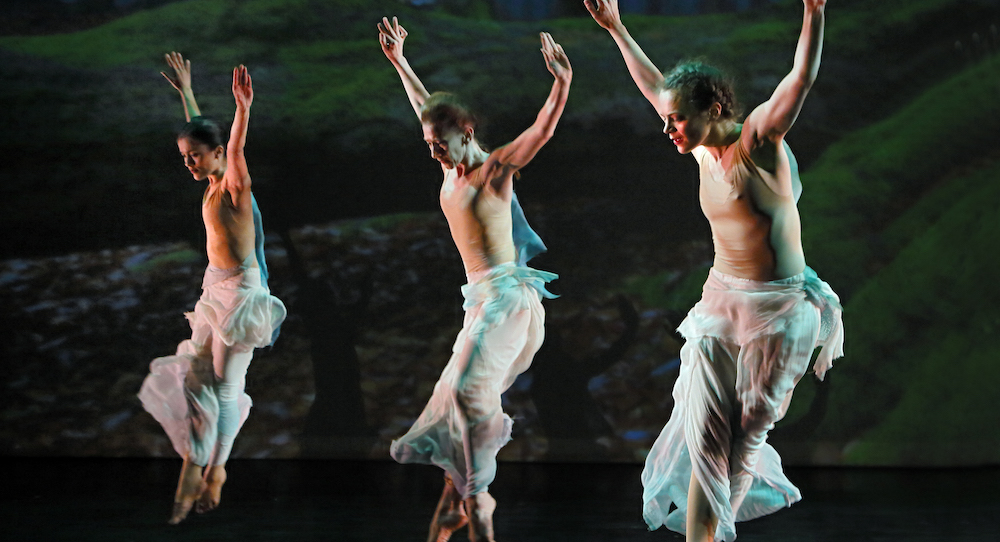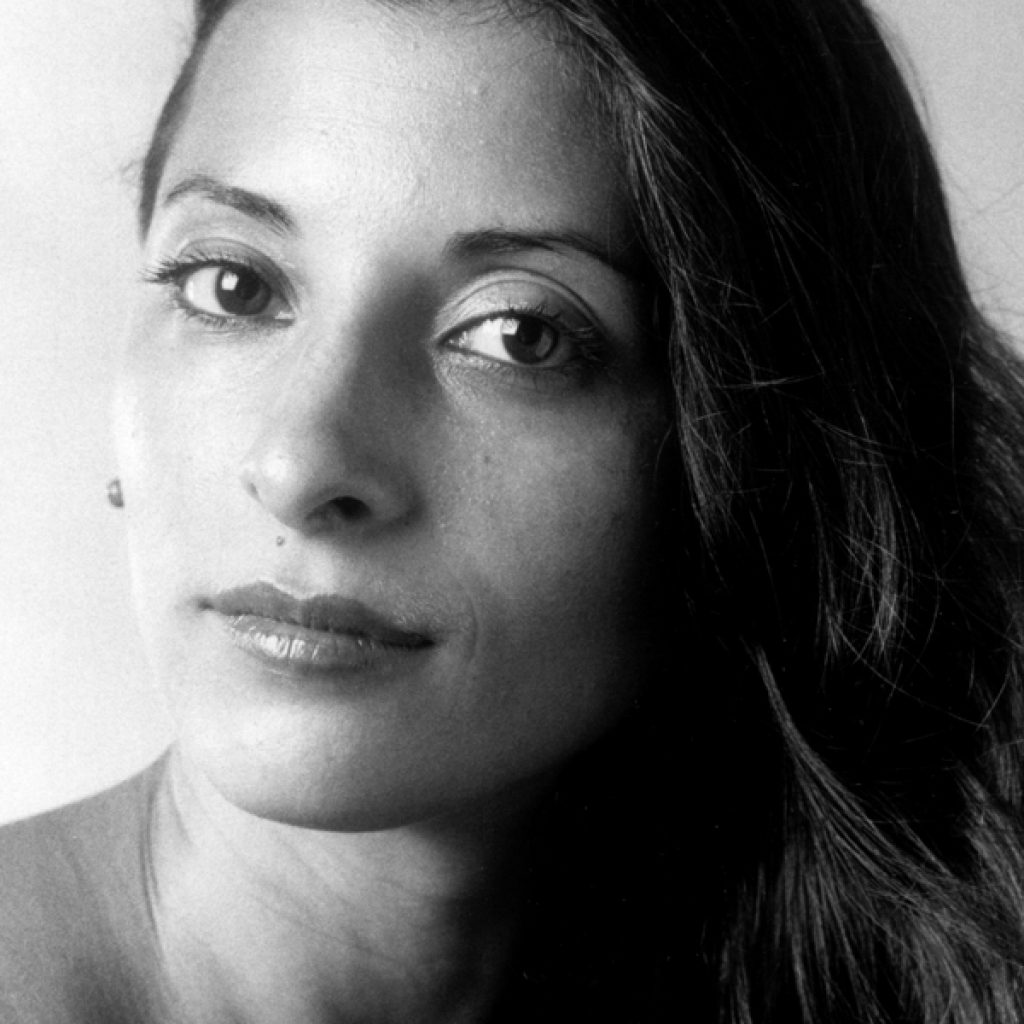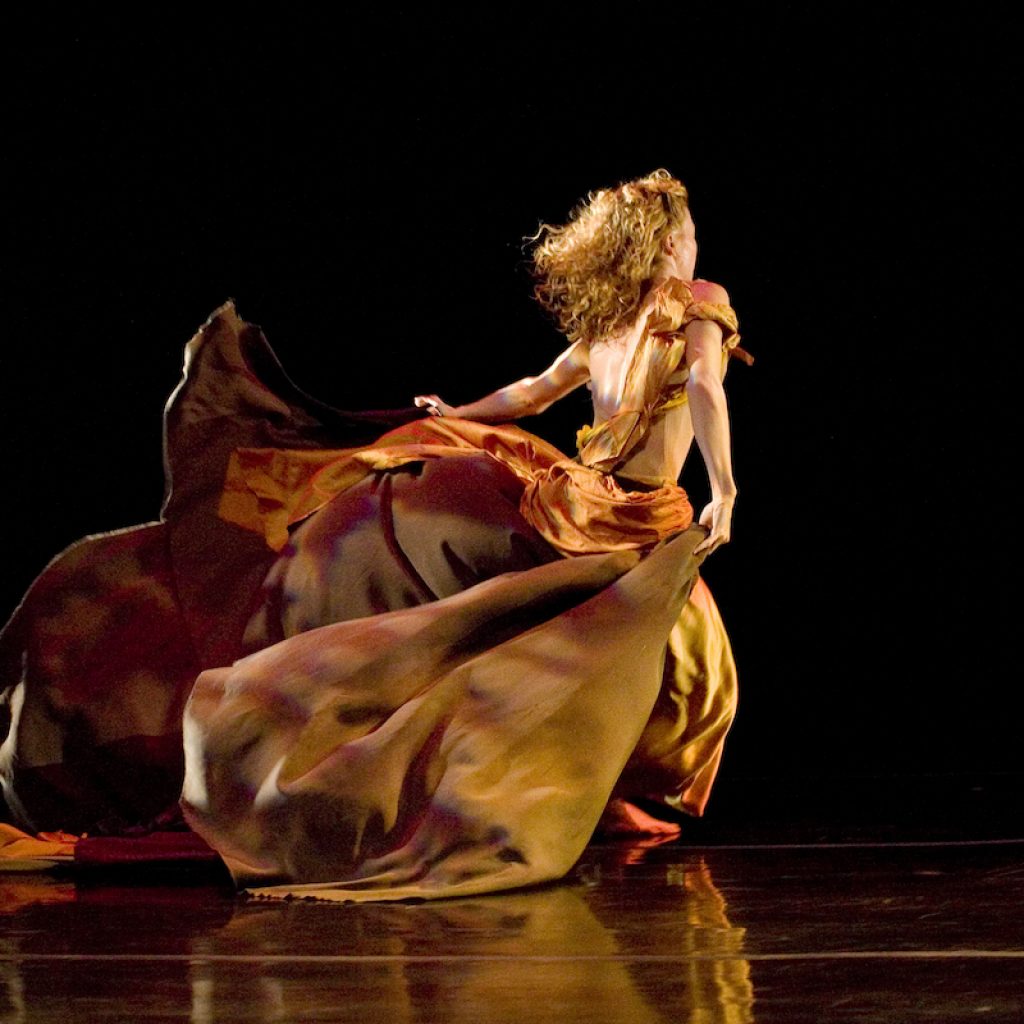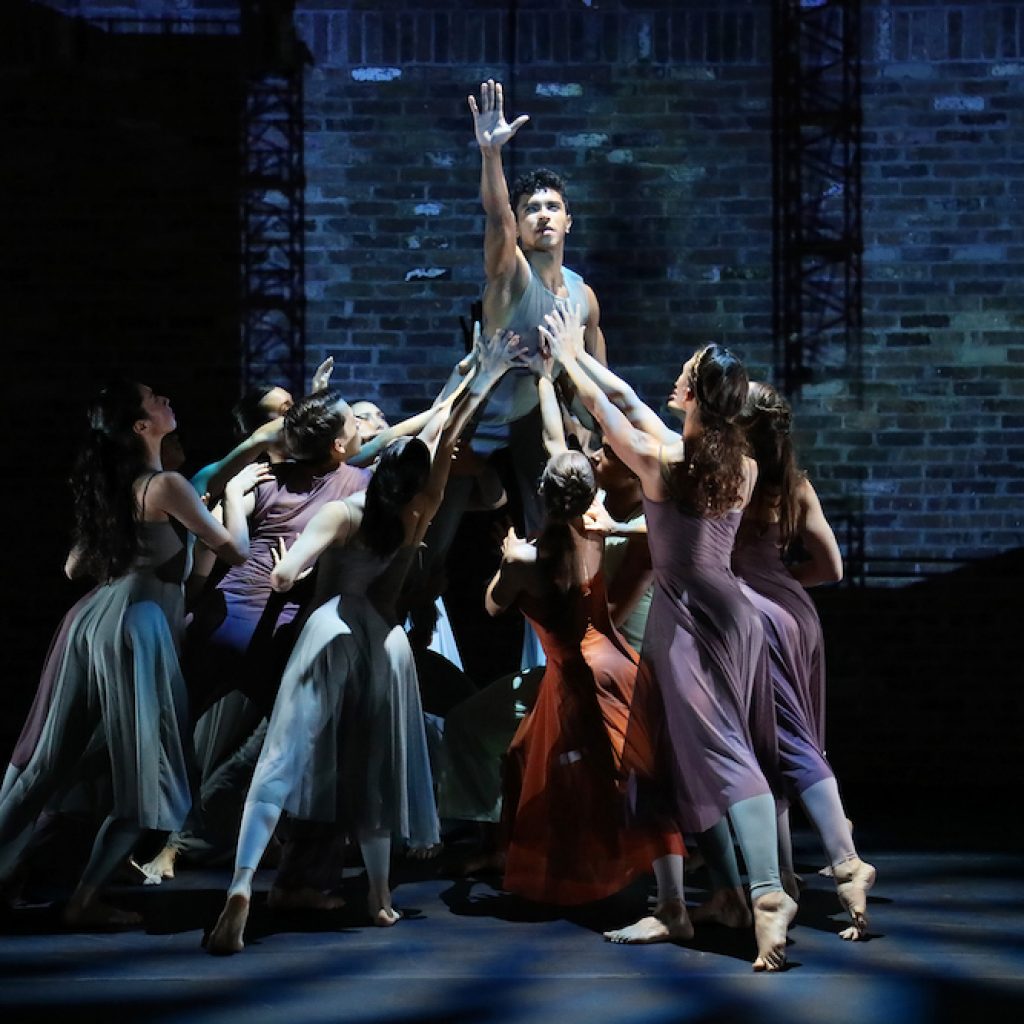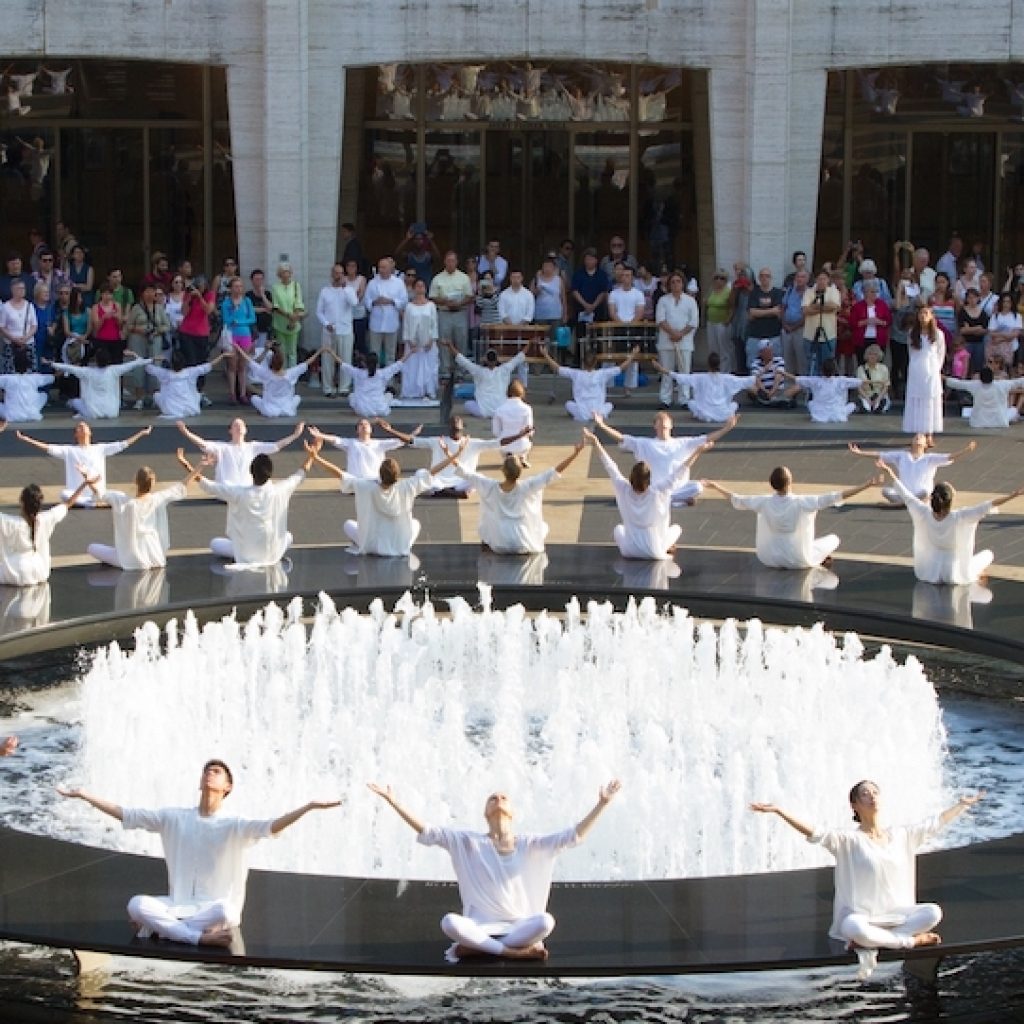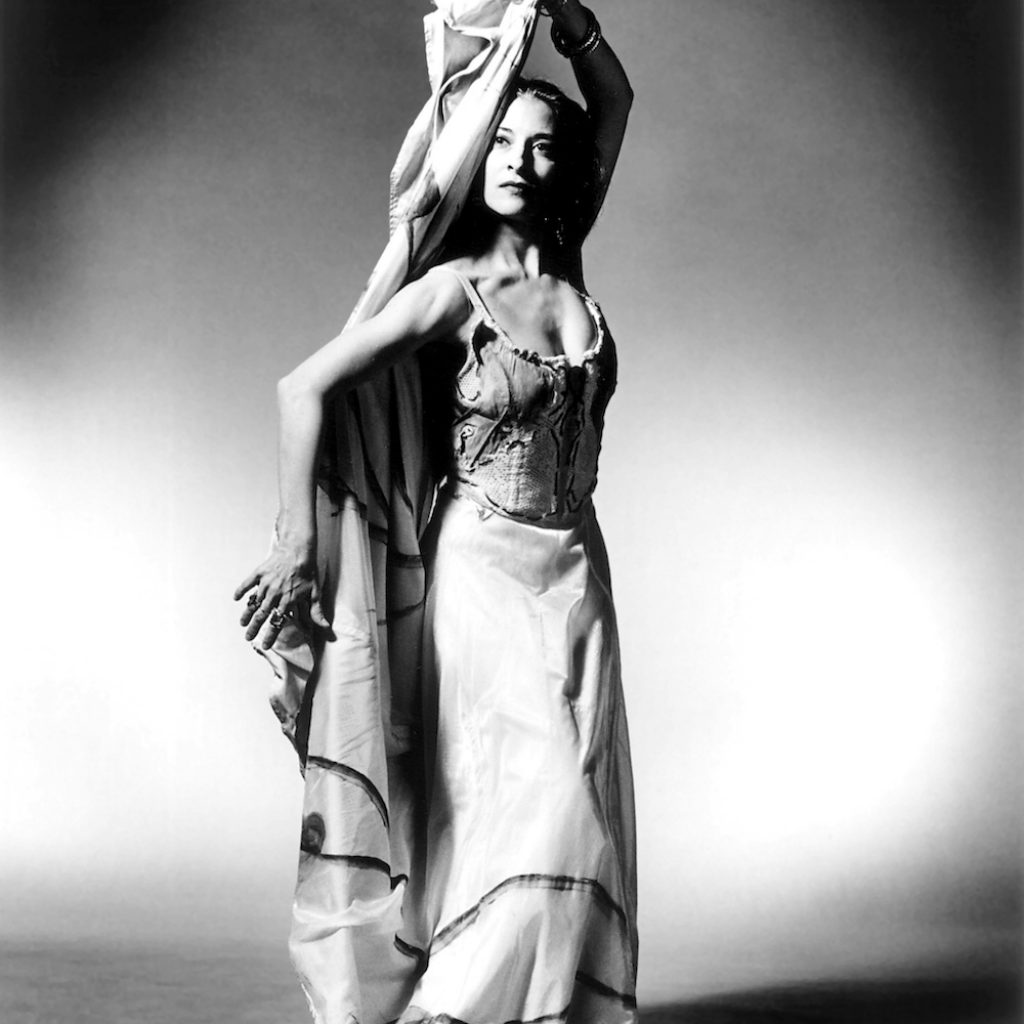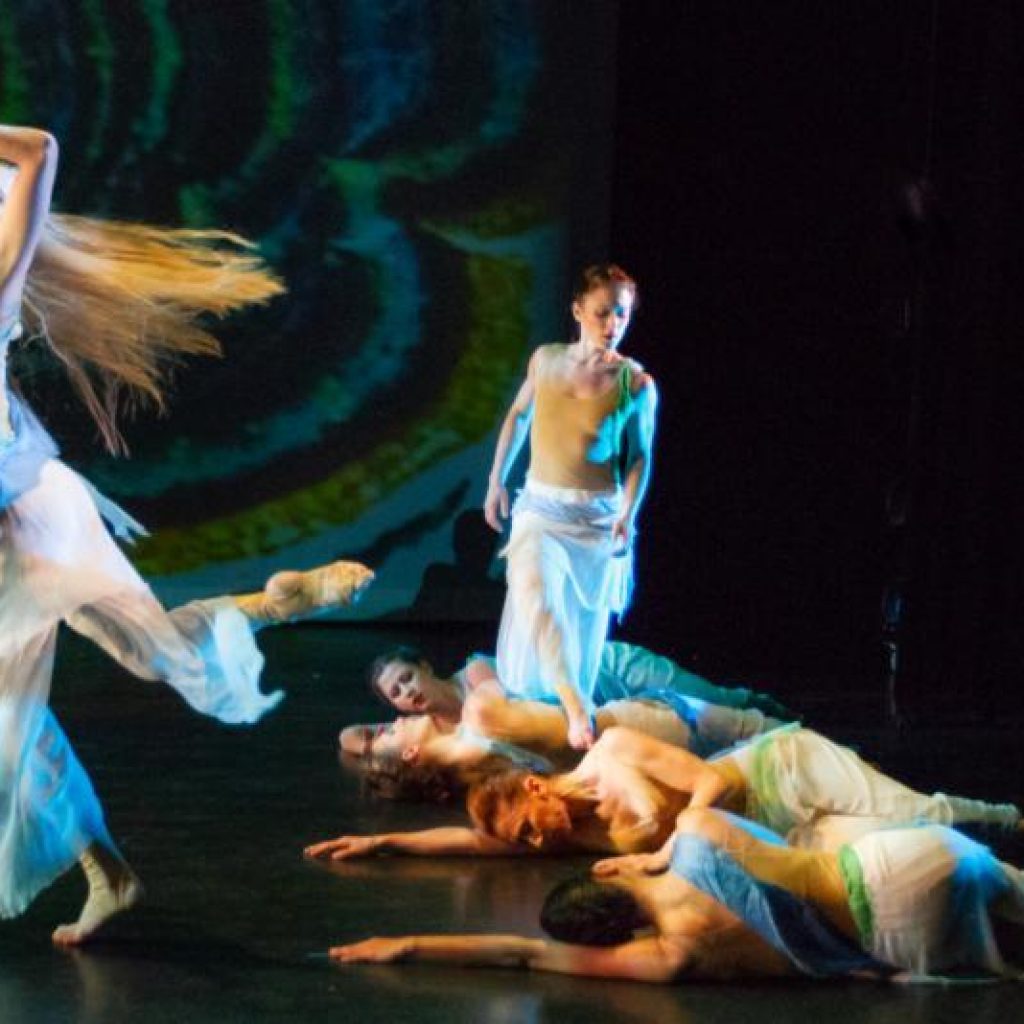“I think that dancing, if you’re able to sustain it…is an incredible life,” affirms Jacqulyn Buglisi, artistic director of Buglisi Dance Theatre. The company is approaching its 30th anniversary season, kicking off with a special program at Ailey Citigroup Theater from June 13-15. The company presents works both creatively daring and widely accessible, socially relevant in their time and timeless, fierce and with a soft caring for humanity itself.
In particular, Buglisi’s ambitious Table of Silence Project – including over 150 dancers, dancing on-site at Lincoln Center – premiered on the 10th anniversary of the 9/11 terrorist attacks. Buglisi and collaborators have revived the work every year on September 11th over the past 12 years, and livestreamed it for all to experience (reaching over 4.4 million viewers in 238 countries/territories).
Dance Informa caught up with Buglisi to discuss how the field has changed over the course of her career, some of the company’s works most memorable to her, what “legacy” means to her and much more. Over the course of the conversation, she demonstrated deep empathy, courage of mind and loving commitment to her craft. Those are all ingredients no doubt part of what has helped realize her body of work and the company’s longevity. Without further ado, let’s hear directly from her.
Thirty years – all of the creative fire, the memories, the frustrations, the special achievements…not to be underestimated! To any extent that you could choose, what are some particularly memorable highlights along the way?
“There are so many! I was a principal dancer for Martha Graham, and she was a major part of my life from when I met her at 12 or 13 years old. The birth of this company was after the birth of my son, and also losing this great mentor in my life [in Martha]. With a few other dancers in her company and my ex-husband, we decided to do it. It’s been very exciting. I will say that a huge challenge has been coming out of something like Martha’s [work], carrying on a legacy and finding your own voice.
Like with everything else in this life, all of these transformative moments that we’ve lived through – wars and a pandemic – dance has taken me through….it’s been my whole life. I can’t even say what an incredible journey it’s been and how grateful I am to have sustained this deep connection to my art, and to humanity and relationships.
The people I’ve been able to work and interact with – Jacques d’Amboise, Jody Arnhold, Alvin Ailey, on and on – they’ve allowed me to do what I do and keep going. Collaboration, collaboration! Teaching has been profound for me as well, from high school onward. I founded the first contemporary dance company and school in Italy. Education, education!
For me, it’s the question of how I can put my hands out and serve – what can I do? I can give back through passing on. A special moment for me was receiving the Juilliard President’s Medal. The President of Juilliard, Damian Woetzel, cited my work and vision as a model of citizen artistry. I hope to live up to that. People look to artists for truth and empathy.
We as humans have a need for connectedness and touch. Collaboration, community and ritual practices have informed my work from the very beginning. Some of these works – Ruins of the Heart, for example – speak to life and death, and have a timeless quality. I’m always thinking about Dante, Dante’s Inferno!”
Thirty years is also no small feat in terms of sustainability within the arts. What factors do you think have helped your company going strong through ebbs and flows in the field, in the nation, in the world?
“I made many of those works at a time when it was much easier to have access to open rehearsal space. For example, if we were rehearsing at the Martha Graham or Juilliard studios, the studios were open – and we could just work until midnight.
It’s not like that now, unless you have a residency, which are extremely competitive to get. Now it all has to be closely timed, invoiced, et cetera. If you’re scheduled to be there until 3pm, you have to be out by 3pm. It’s more difficult to have those moments of spontaneity, the ineffable poetry of what can happen. Sometimes we choreograph things in the living room or kitchen!
The world has changed a lot in that respect, in how we create things, and also in the technology we use (for example, I use a lot of projection now). All in all, space has really been the greatest gift – bliss, paradiso, to be in space in that way with friends and amazing dancers…who have been the greatest gift for me as well!
It’s important to have certain things, like mantras, for yourself. “I think I can, I can.” In some of the darkest moments of one’s life, where do you turn, how do you lift your spirit? Walk into your fear; have courage. When you think you can’t, you can. When you’ve hit the edge, go further. Never give up.
Don’t look outside for strength, look inside. Because you are a miracle. Life is a miracle. Put your hand on your heart. Listen to your heartbeat. You are the heartbeat of humanity. Close your eyes. Open them and see this moment. Take three breaths and then walk forward. We need the arts more than ever. We will change the world.”
While all of your work has a timely relevancy and urgency, the Table of Silence Project strikes me as particularly poignant, on a quite universal level – not to mention ambitious. What was it like to set a work on such a large number of dancers, on an event that arguably shifted mankind’s trajectory? What’s it like present the work again each year?
“I created the work on the 10th anniversary of the 9/11 terrorist attacks. I didn’t really have the idea prior to that, but in those 10 interregnum years, I did create works that brought an awakening and awareness to the environment in which 9/11 happened — social, environmental and more. There was a call for proposals to honor the 10th anniversary, and that’s when I started thinking about what I might do.
I love labyrinths, and my choreography often has labyrinth curves; it’s not very symmetrical. While traversing Manhattan for teaching, I realized that I could create three concentric circles of dancers: a symbol for peace and harmony on earth. We also realized that we needed at least 120 dancers in order to create those patterns (and it did take us a few years for us to get the patterns right). It’s a message of healing, of unity, of coming together in human connection.
We also realized that we had to livestream it, because if we were going to make the work, we couldn’t have it so that only a few people would see it. We’ve had over 4.4 million people view the livestreams – just astonishing. Or, say, in educational settings, teachers have watched the livestream with their students. They could then have the students make their own labyrinth movement patterns.
Lincoln Center has partnered with my company to present the work every year, and that’s helped tremendously. They do PR, and assist with technical and other key production aspects. And the dancers have just kept coming. [To be a part of the project,] they have had to write a testimonial as to why they want perform in it. It can’t be something that you just pay people to do; they really have to believe in the transformative power of art.
It’s their stories…the dancers have an opportunity to create an improvisational story in the latter part of the work. That’s what makes the work — the stories. I’ve had dancers write to me and share how meaningful the experience was for them. It’s also the melting pot – every race, all of the different people in this country come do the work…it’s an incredible cross-section of the world. It all comes together in 10 to 12 rehearsals. To do it every year…it’s a ritual.”
How might you characterize your company’s impact on the field? What do you think that the company has uniquely offered? How would you hope to see your legacy take shape as the years continue?
“I don’t know, really – whatever that legacy could be, however it could serve people in the future! That includes older people, with the wisdom that they have deserving respect. I hope to leave such wisdom behind — wisdom to help make, do, be and keep moving. In any sense of ego, I can say that it would be wonderful if some of the works can be reproduced, such as at universities. For example, students at The Hartt School performed Suspended Women, and it was just wonderful to see them eating it up.”
What can you tell us about the 30th Anniversary Season opening program? And where to from there? Are there any other projects or visions in the works that you can tell us about at this time?
“This upcoming program continues how my work speaks to the connectedness of us all. Regardless of race, heritage, what have you – we’re all connected. This past year, I created Threads, based on the Universal Declaration of Human Rights. It’s in the same vein as Table of Silence Project, addressing this perpetual problem of violence in our society. I called up former students of mine, such as Jennifer Archibald and Sidra Bell, and asked if they’d contribute a minute of work. They all said yes! And a minute is a metaphor; they all did more. We’ll be doing five excerpts of the work in the 30th season opener, along with excerpts from Requiem.
We’ll also be performing Moss Anthology: Variation #5. I became enamored with Robin Wall Kimmerer’s book Gathering Moss – discussing [in part] how moss creates oxygen, and thus is responsible for so much life on earth. There have been so many beautiful synchronicities with collaborators in the work. Illuminations, which we’ll also present, is a stage iteration of Table of Silence. It’s an experiment…I’m not sure exactly what it’s going to be. But it’s bringing some of the feelings and stories of Table of Silence to the stage. In the spring, we’ll be doing the full Threads, expanding Illuminations and Speak Memory – a solo for Terese Capucilli.
I’ve also been taking in a lot of writing about home, and thinking about how home is in you — the truest home that you have. How do we reconcile with that, how do we feel about it? In some way, my new work is addressing that connectedness and interdependence on each other – but also a lot on song and movement, and how healing it is. You rock a baby, or sing to it, or touch it, and it soothes the baby…we saw the effects of not having that touch and of isolation during COVID. Dance can truly connect us.”
For more information on Buglisi Dance Theatre and tickets to the company’s 30th Anniversary Season, visit www.buglisidance.org.
By Kathryn Boland of Dance Informa.


